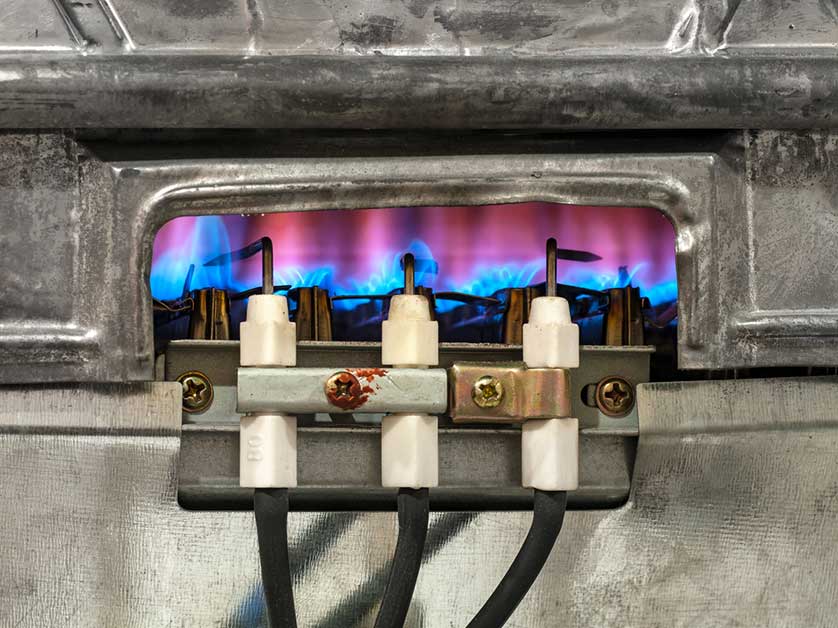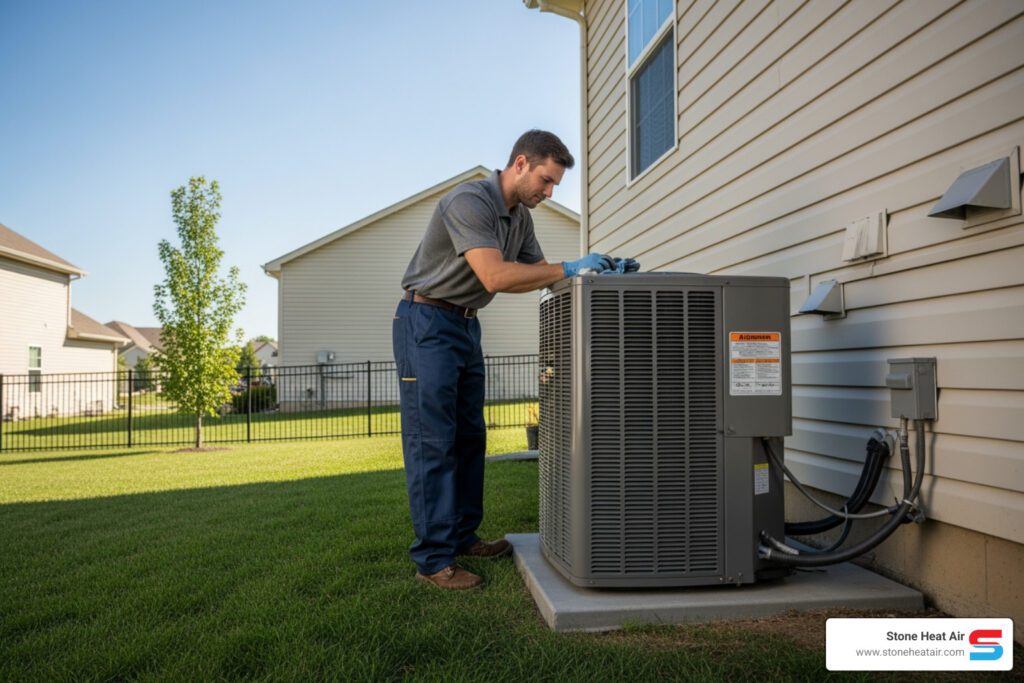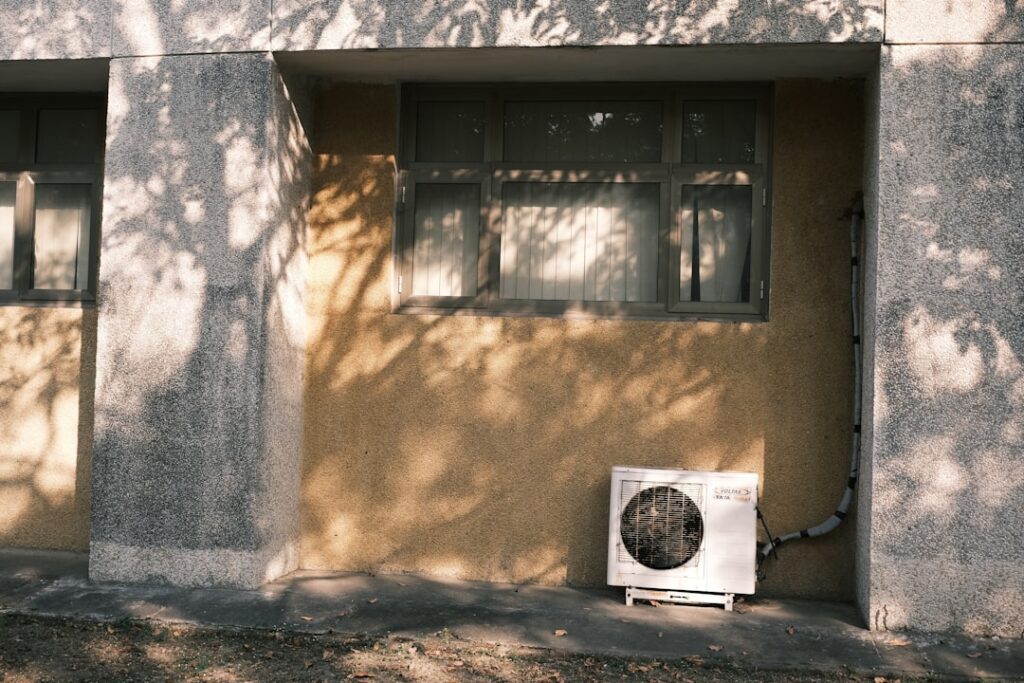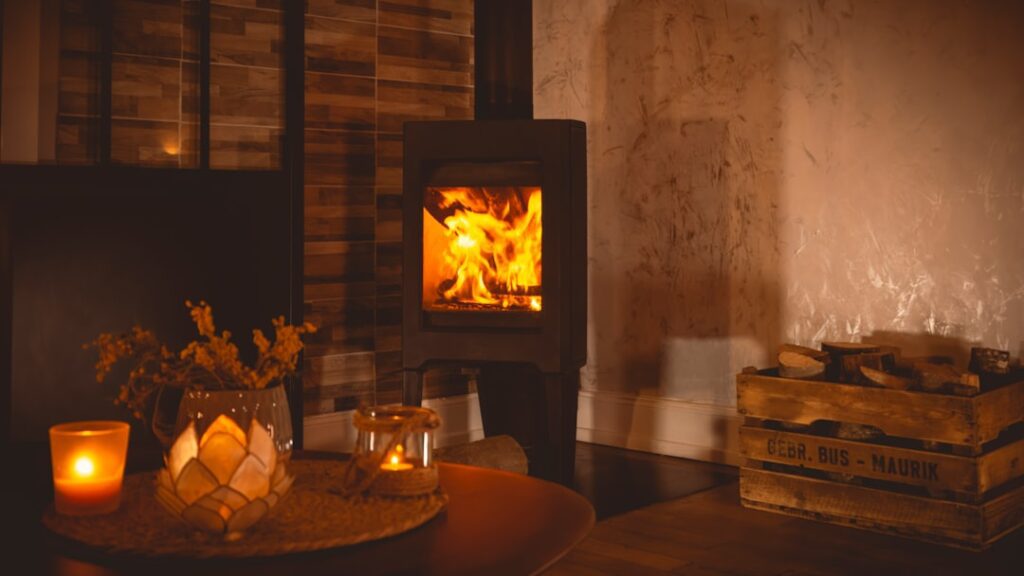An Introduction to Furnace Safety Features
Despite being tucked away, your hardworking furnace houses a complex array of safety measures. From heat exchangers to flame sensors, each component plays a significant role in keeping your home warm and safe. In this article, Stone Heating and Air explores how every part adds to the overall safety and efficiency of your heating system.

Heat Exchanger
The heat exchanger plays a critical role in transferring heat to the air circulating throughout your home. It also contains and directs combustion gases out of the house. A breach in the heat exchanger can lead to hazardous situations. Regular inspections by professional HVAC companies are crucial to ensuring this feature is functioning correctly.
Flame Sensors and Ignition Control
The flame sensor is your furnace’s valuable safety net. The sensor monitors the flame. If it fails to detect one, the ignition control shuts off the gas supply to prevent harmful gas from flooding your home. Yearly maintenance by expert home heating companies is required to keep these safety features in optimal condition.
Air Pressure Switch
Another crucial element in your furnace’s safety system is the air pressure switch. This safety feature ensures that the correct amount of air is being supplied for combustion. It also detects blockages in the vent. If the switch identifies an improper balance or a blockage, it will prevent the furnace from igniting. This step helps avoid potential safety risks.
Furnace Limit Switch
This protective device keeps your furnace from overheating by shutting off the burners when the heat in the furnace exceeds a certain temperature. This feature is one of the reasons heating and air conditioning companies emphasize regular furnace checkups to keep the system running efficiently and safely.
Carbon Monoxide Detectors
These devices alert residents to dangerously high levels of carbon monoxide gas, a byproduct of burning fuel. Carbon monoxide can be lethal in high concentrations. Test your detector regularly to ensure it’s functioning correctly.
Understanding your furnace’s safety features is more than just being informed; it is crucial for your home’s safety. For top-notch HVAC solutions, you can depend on Stone Heating and Air. Call us at (541) 855-5521 or complete our contact form to schedule a consultation.
Category: HVAC
Request An Appointment
Related Content



